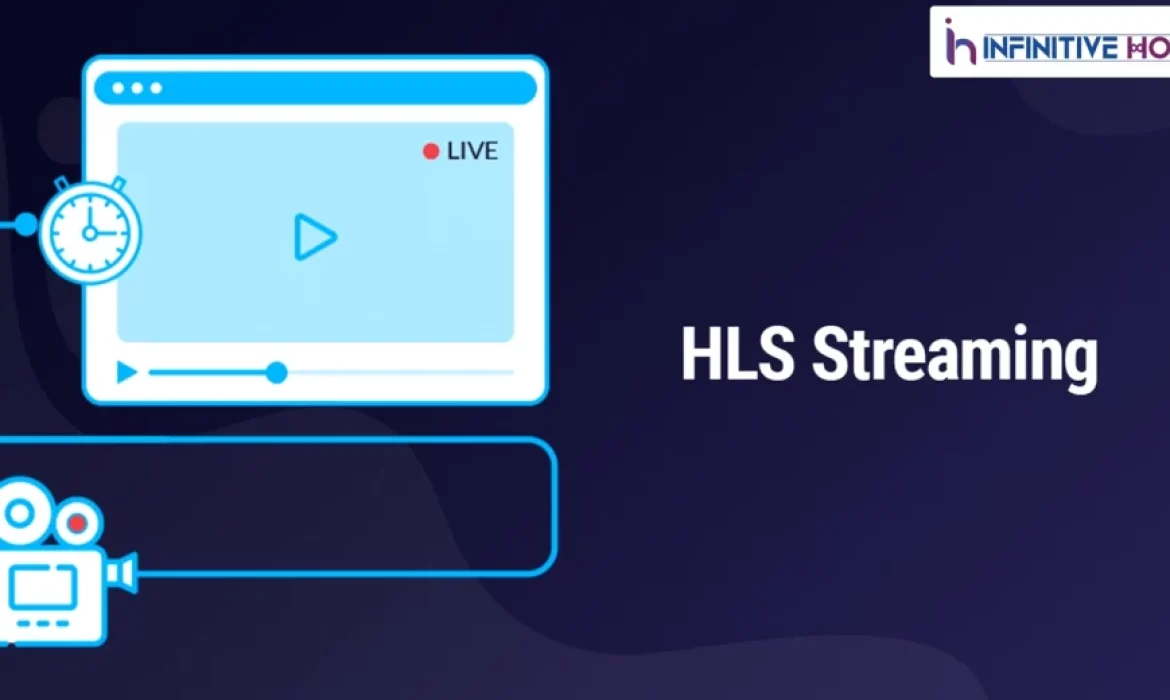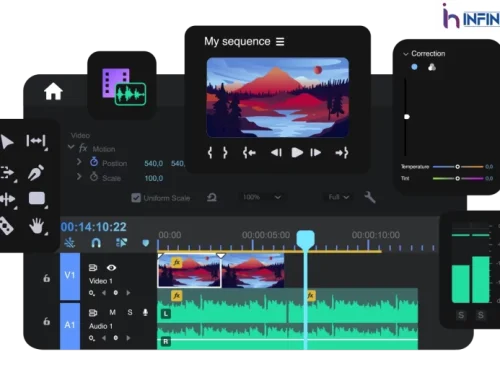Video Streaming has become an integral part of the Modern Internet experience as it is replacing the traditional over the air & Cable TV at a rapid pace. From mobile phones to desktop computers, Smart TVs to even Wearables it can be see everywhere.
The streaming technology that has made possible to deliver remote content effortlessly is HLS Protocol. Launched by Apple in 2009 the HLS Protocol soon became the industry standard when comes to adaptive bitrate video streaming. Apple created the HLS technology keeping in mind providing flawless streaming on every device & network type, whether it’s on slow mobile connections or Wi-Fi, behind firewalls, etc.
HLS has become popular in the streaming industry because of its out of the box compatibility with HTML5 video players, which is considered to be today’s default playback method on Web Browsers. The newer HTML5 & HLS streaming protocols are safer, reliable & much faster than the earlier existing technologies.
But what exactly is HLS Live Streaming Technology & how can your business use this to deliver flawless Remote Media Contents to your users. So, in this blog we are going to discuss the role of HTML5 Video Streaming as it relates to HLS. Also, in particular, we’ll also cover all the basic streaming protocol definitions, other streaming protocols as well as the main topic: what is HLS Streaming Technology & how does it works? what are its benefits and advantages when adopting it as the default protocol for distributing video content?
HTTP Live Streaming was developed by Apple to replace its own media streaming standard – Quick Time Streaming Server – and solve some of the issues inherent in other standards in existence at the time such as Real Time Messaging Protocol (RTMP) which used Flash technology to send low-latency video across the Internet. RTMP is popular among those who use the Adobe Flash tool for content delivery but, as we know, that relic is now obsolete; fortunately, there are always alternative technologies and standards around to take over and pick up where it left off!
What is HLS?
HLS stands for HTTP Live Streaming. HLS is a protocol for delivering visual and audio media to viewers over the internet.
Apple’s HTTP Live Streaming (HLS) protocol is compatible with a wide array of devices and platforms including: Apple iPhones, Android phones, smart TVs, Linux, Microsoft Windows and Google Chrome browsers. HLS also supports popular internet browsers: Safari for iOS and Android, Microsoft Edge and Chrome on Android and Opera Mobile.
HLS streaming is called HTML5 video, which can be confusing because it’s not a video file that plays in a browser. The extension .m3u8 is used for HLS content, but the content plays in a browser-compatible HTML5 video player.
How Does HLS Work?
We saw a definition of HLS. Now, let’s see the process of live streaming in a nutshell:
1. Firstly, capturing devices (cameras, microphones, etc) capture the content.
2. The content is delivered from the capturing device to a live video encoder for streaming for viewers to access via internet streams.
3. The content is been transmitted from encoder to the video hosting platform via RTMP.
4.Video hosting platforms use HLS ingest so users can watch on devices like their computers, tablets, and mobile phones.
Benefits of HLS:
Most streaming media services use the HTTP Live Streaming Protocol (HLS) since it connects to most devices, loads faster and works better with high-traffic viewing situations. It also adapts itself to each device’s network conditions, so your audience gets a high-quality, stable video stream regardless of their device or Internet service.
HLS is intelligent and dynamically adapts to the speed of your network by deteriorating (i.e., pausing or skipping scenes), or improving (i.e., re-encoding scenes) video playback, but it also has other important qualities to take care of that are connected to delivering the videos content to viewers:
- Adaptive Bitrate Streaming
- Cross – device compatibility
- Subtitles
- Alternate video and audio
- Ad insertion
- Scalability
How to choose the best streaming server…
Every streaming platform is unique, so whenever you’re looking to set up a streaming application, we always recommend speaking to us to help you choose the right server for your streams. Here are some popular options for streaming server.
Conclusion:
Here we have introduced you to the widely used standard in adaptive bitrate video HLS Protocol, providing you all the answers in details of what it is exactly and how does it work and about HLS benefits. Even though you don’t understand all the technical details, All the streamers must be familiar with this protocol when comes to Live Streaming & Broadcasting.
We hope through this blog we have introduced you to the amazing capabilities and the infinite future possibilities of HLS Technology. If your business model also involves providing on-demand video content & live streaming to global audience, then here at Infinitive Host we can provide you the best Streaming Servers for all of your streaming & broadcasting needs. So, start your first HLS Live Stream today with our Streaming Servers. We will help in delivering your projects by providing you the best streaming servers for all your streaming & broadcasting needs.


.webp)





